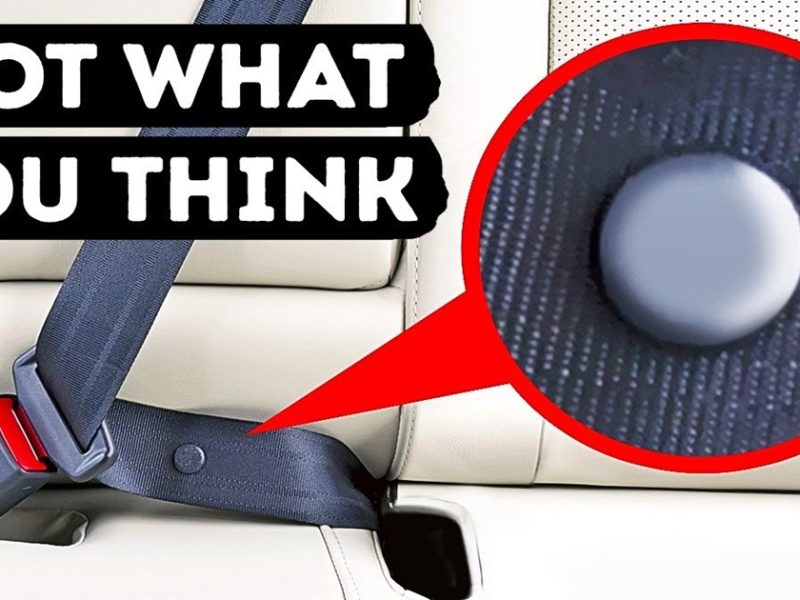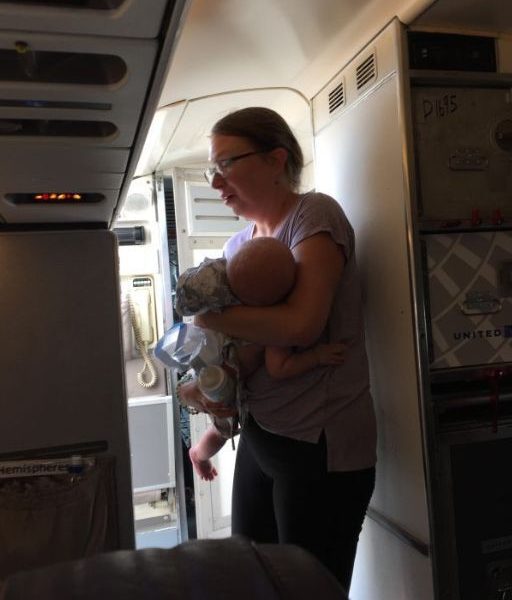If you had a Radio Flyer wagon growing up, you know it was more than just a toy—it was your passport to adventure. That bright red wagon hauled your favorite toys, carried picnic gear, or gave your sibling a fun ride through the grass. Always ready for action, it fueled your imagination and made you feel free as a kid. Its special place in childhood came from how it sparked creativity and let you explore the world on your terms.
The wagon’s story kicked off in 1917 when Antonio Pasin, an Italian immigrant, began making toys to delight kids. His wooden wagons soon became steel, painted a bold red that caught every eye. By the 1930s, Radio Flyer was a household name, loved for its strength and charm. The name came from the buzz around radio and flight, tying the wagon to dreams of big adventures. Over time, rubber tires and cozy seats made rides even more exciting.

For kids, the wagon was a blank canvas. It could be a rocket, a train, or a sled in the snow. It got you outside, teaming up with friends for new stories every day. Parents liked it too, using it to carry shopping bags, garden tools, or sleepy kids on outings. Its tough build and smooth wheels made it a family favorite, seen in backyards, parades, and cherished photos across America.
The wagon gave kids a taste of being grown-up. Pulling it along, packed with your stuff, felt like a big responsibility. Memories of rolling through sunny streets or leafy paths stay with you. It showed up in films and TV, a sign of joyful childhood. Even with modern gadgets, it’s still a hit—collectors love vintage ones, and families treat them like keepsakes.
Over 100 million wagons have rolled out, with the classic red color, picked for its happy vibe, staying the same. A 1950s ad proved its must-have status. Today, the Radio Flyer wagon takes us back to simple, imaginative play. It lives on in kids pulling it now and adults who smile at memories of their trusty red wagon days.


